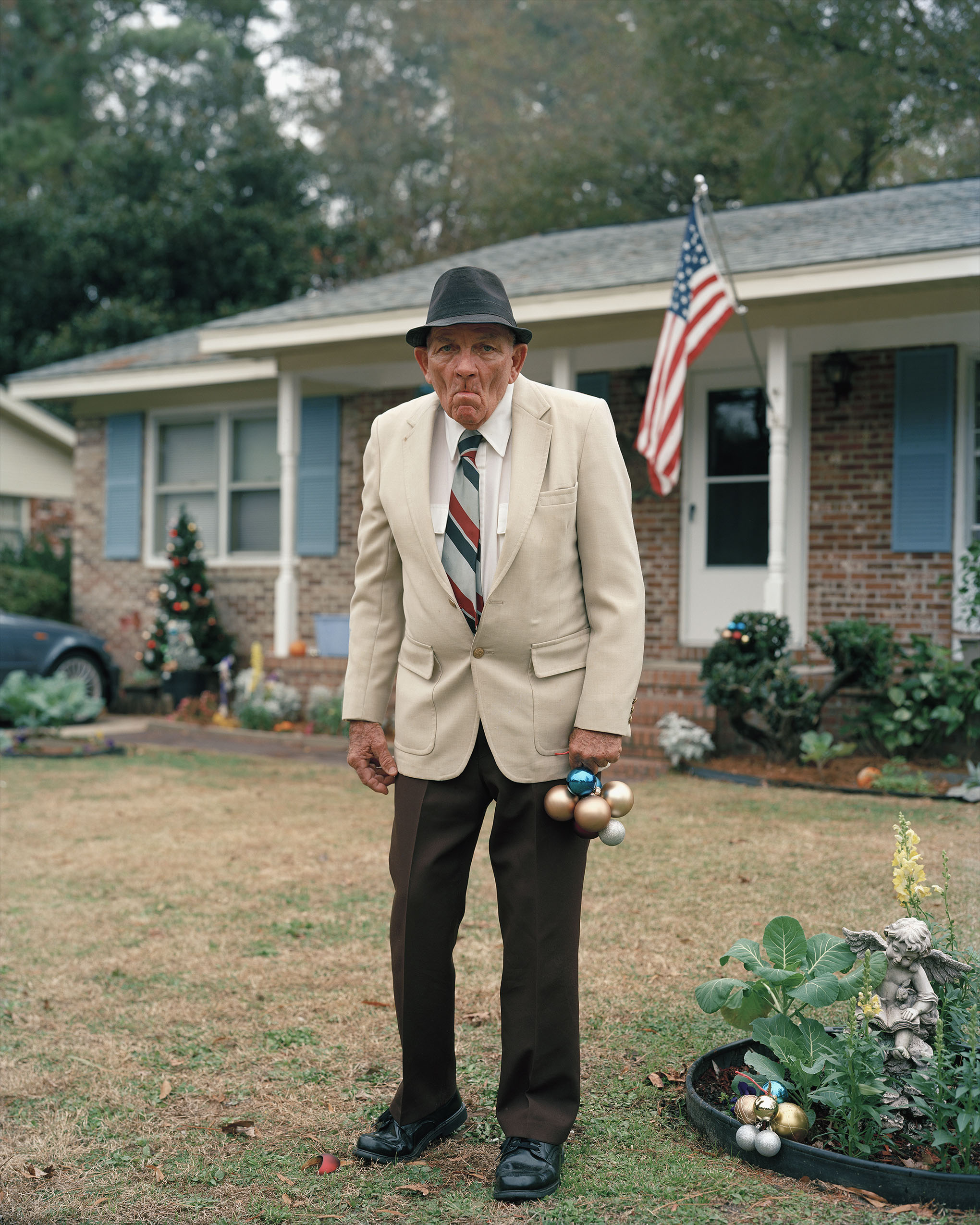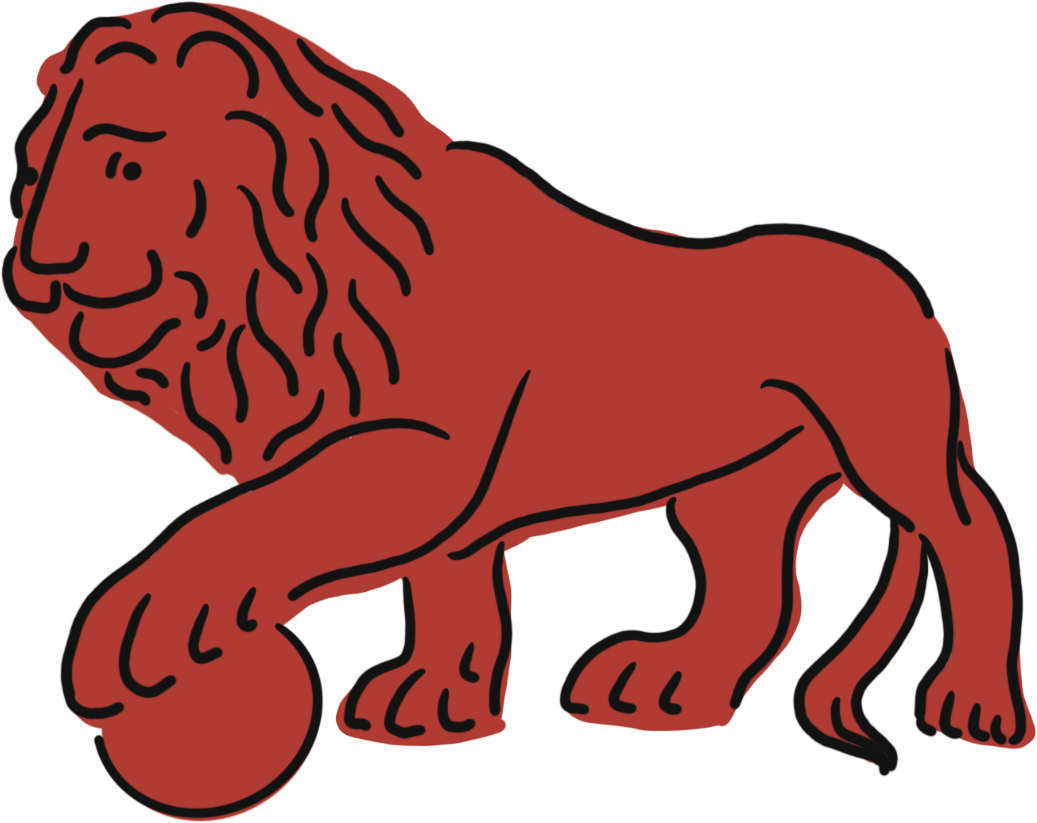miCRo: “The Mint and the Bees” by Joel Long
3 Minutes Read Time

Assistant Editor Holli Carrell: Joel Long’s urgent and precise devotion to the plant and animal world in “The Mint and the Bees” leaves me breathless. This piece invites us to refocus our attention on the life-sustaining and precarious ecosystems surrounding us— to recognize and remember the interdependence of all living things.
To hear Joel read his piece, click below:
The Mint and the Bees
Four springs ago I planted two mint plants in the front garden beside the oregano and thyme. A shrub filled half the plot, and an old aspen, nearly dying, rose past the roof at one end. This September the mint has grown monstrous. The mint is a crocodile of a plant, seven feet long, four feet wide, spilling onto the lawn; when I mow, it sprays a perfume of mint into the gas smell of the lawn mower. The oregano shrinks beneath it, cowers. Now the mint blossoms, long plumes of clusters, two inches long. Each cluster sparks with fifty tiny flowers whose stamens burst from the four petals with purple anthers the size of salt grains. The white stems, thin as eyelashes, hold that purple into a blur of ivory and green. In the heat, the late-summer ’90s, I imagine an atmosphere of mint, that fade of scent, like tea weakening into the air above and around. The bees have found it; they may see that color and colors we cannot see, sense the sweet blossom. Any time during the day, hundreds of bees scribble around the plants, tucking themselves in blossoms, hanging on blossoms, pouring their faces and legs into blossoms. The bees must smell of mint, of mint nectar. Every scribble stitched in buzz, the blossoms ringing with it, the honeybee, the sweat bee with a teak hourglass on its back and eyes that weigh its head down, a tiny bee small as an ant. The whole swell of mint teems with life, this buzzing, these hundred isinglass wings catching light as they flap two hundred beats a second, then still for one bee when it holds on upside down, bending the mint flower under its slight heft, its legs gripping, tugging down. Where there is scent, there are bees. Where there are bees, the mint makes black seeds, makes plans for the future of mint we cannot see, where it flourishes, where it blossoms, where the bees return.
Joel Long’s book Winged Insects won the White Pine Press Poetry Prize. Lessons in Disappearance (2012) and Knowing Time by Light (2010) were published by Blaine Creek Press. His chapbooks, Chopin’s Preludes and Saffron Beneath Every Frost were published from Elik Press. His poems and essays have appeared in Gettysburg Review, Cincinnati Review, Prairie Schooner, Bellingham Review, Rhino, Bitter Oleander, Massachusetts Review, Terrain, and Water-Stone Review, among others. He lives in Salt Lake City.
[button link=”https://www.cincinnatireview.com/micro/”] Read More miCRos[/button]

